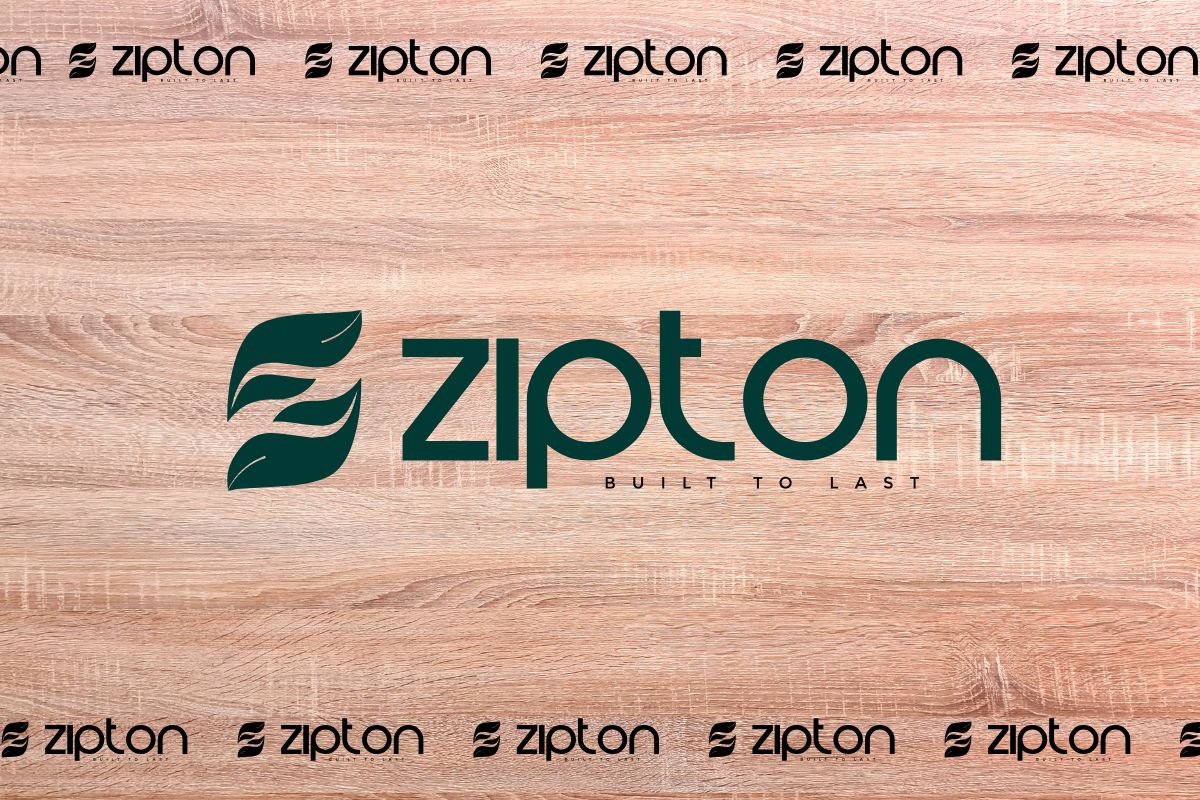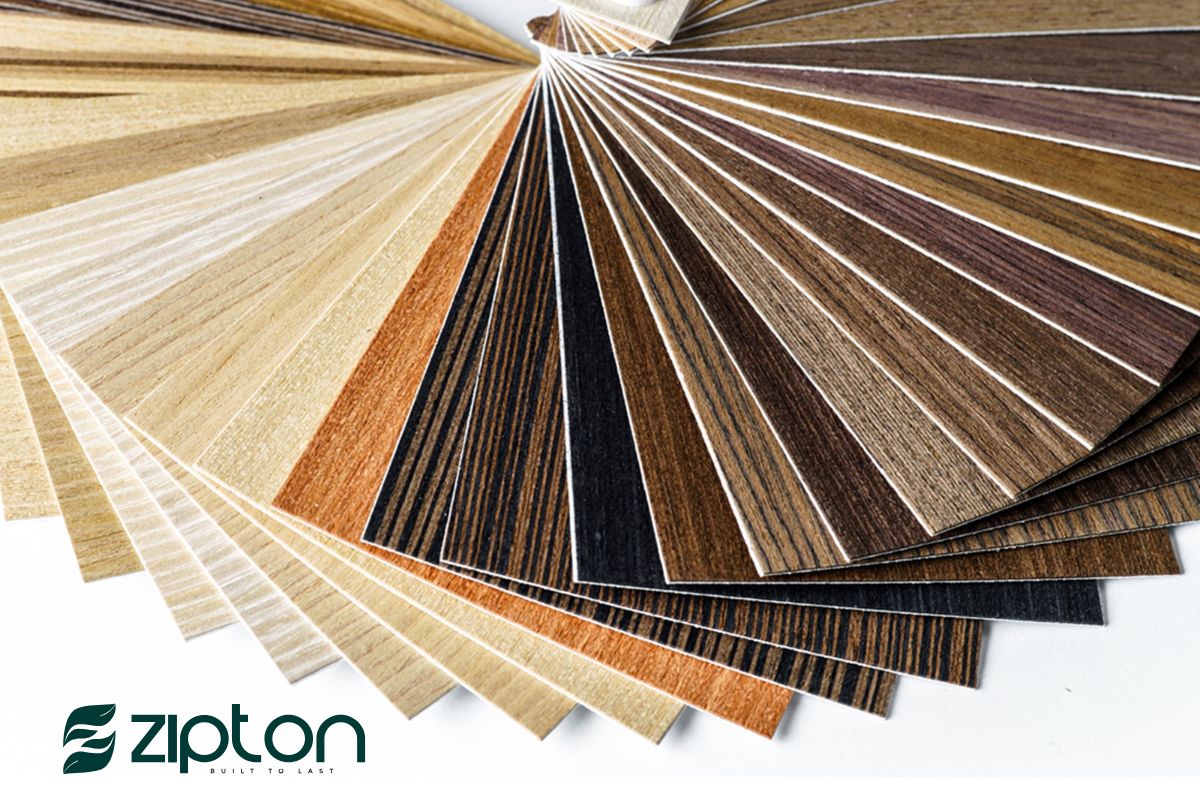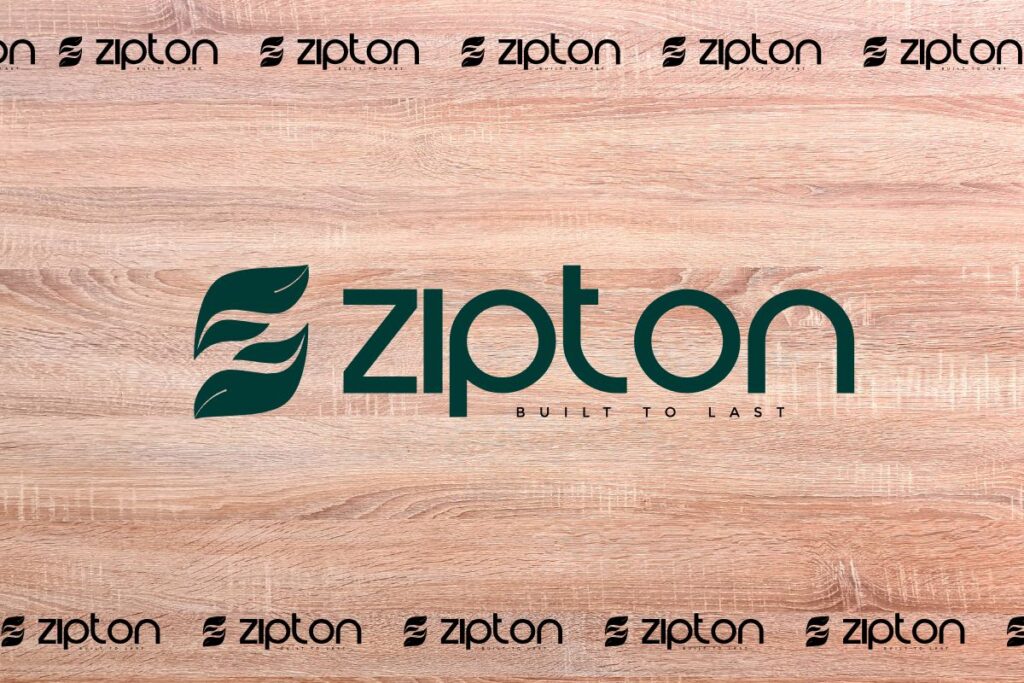Zipton plywood has emerged as reputable brand known for its quality and durability. However, one of the primary considerations for professionals and DIY enthusiasts alike is the cost of ply, particularly when it involves high-quality brands like Zipton. In this article, we will delve into the factors that influence the cost of ply and provide insights into Zipton plywood pricing.
Understanding Plywood Costs
Plywood is a versatile and strong material made by gluing together thin layers of wood veneers, with each layer’s grain running perpendicular to the adjacent layers. The strength, flexibility, and stability of plywood make it a popular choice for various applications, from furniture making to home construction. However, the cost of ply can vary widely based on several factors:
1. Thickness and Size: Thicker sheets of plywood and larger dimensions generally cost more due to the increased amount of material used. Standard plywood sheets are typically 4 feet by 8 feet, but customized sizes may affect the price.
2. Type of Wood: The species of wood used for the veneers affects the cost. Hardwood plywoods, such as those made from oak or maple, are usually more expensive than softwood varieties like pine or cedar.
3. Grade: Plywood comes in different grades, which indicate the quality and appearance of the surface veneers. Higher-grade plywood with fewer knots and blemishes will be pricier than lower-grade options.
4. Manufacturing Process: The methods used to treat and finish the plywood can also impact the cost. For example, plywood that has been waterproofed or treated for fire resistance might carry a premium price tag.
Zipton Plywood Pricing
Zipton plywood is known for its consistent quality and performance, which is why many professionals opt for this brand despite the potentially higher cost compared to lesser-known alternatives. The price of Zipton plywood can be influenced by the same factors mentioned above, but there are additional elements specific to the brand that can contribute to its cost:
1. Brand Premium: Zipton has built a reputation for excellence in the plywood industry. This brand recognition often comes with a premium price, as consumers are willing to pay more for the assurance of quality and reliability.
2. Special Features: Zipton plywood may offer unique features, such as enhanced moisture resistance, superior load-bearing capacity, or eco-friendly certifications. These added benefits can justify a higher price point.
3. Distribution Channels: The availability of Zipton plywood through certain retailers or distributors can affect the final cost to the consumer. Exclusive distribution deals or limited supply chains might lead to additional markups.
Estimating the Cost of Zipton Plywood
To estimate the cost of Zipton plywood for your project, consider the following steps:
1. Determine the specifications you need, including thickness, size, wood type, and grade.
2. Research the average prices of plywood that meet your criteria.
3. Contact local suppliers or visit hardware stores to inquire about Zipton plywood pricing, keeping in mind that costs can fluctuate based on location and market demand.
4. Request quotes from multiple sources to ensure you’re getting a competitive price.
In conclusion, the cost of ply, particularly when considering high-quality options like Zipton plywood, is a multifaceted issue influenced by material characteristics, manufacturing processes, and brand value. When planning your budget for a project, it’s important to weigh these factors carefully and seek out the best combination of price and performance. By doing so, you can ensure that your investment in Zipton plywood delivers the desired results without compromising on quality.








